This is Probably The Best Health Management Tips For Fish Farming Business
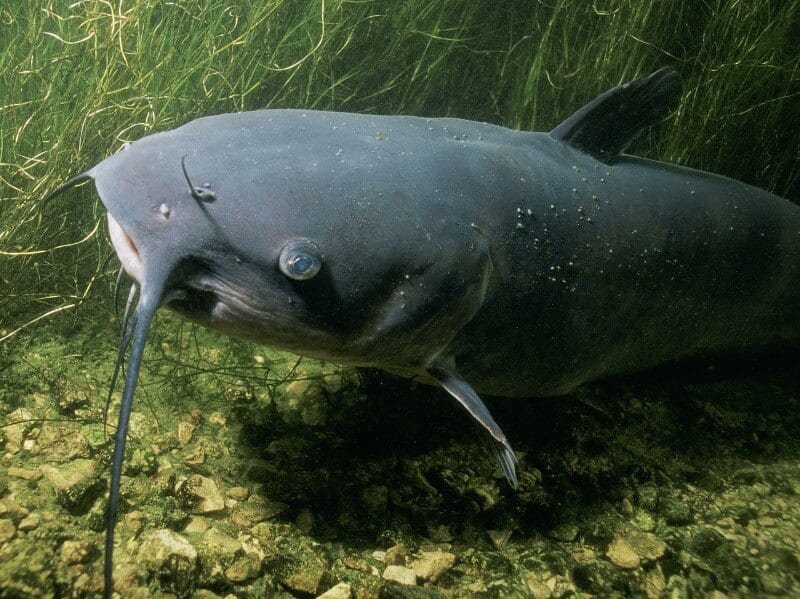
Fish health management is important in the fish farming business because pond fishes are always vulnerable to diseases that can harm and kill them due to a number of reasons.
The disease problem is a substantial cause of economic losses in fish farming. An outbreak of diseases is caused mainly by stress, environmental factors, and also by disease-causing organisms called pathogens.
Commercial fish producers, as well as recreational pond owners, are constantly faced with the challenge of managing fish health.
Fish health management refers to management practices that are designed to prevent fish diseases and hence the resulting loss (death) that follows.
Successful fish health management begins with the prevention of disease rather than cure.
Once fish get sick it can be very difficult to rescue them.
Causes of Fish Diseases
In nature, a delicate balance exists among the fish (host), pathogens and the environment.
A disease breaks out when this delicate balance is upset, exposing the fish to highly infectious pathogens under unfavourable environmental circumstances.
Unfavourable environmental conditions also referred to as stressors, cause stress to the fish and hence, weaken its defence against diseases.
Some of the common causes of fish health issues and diseases include;
- Inadequate nutrition
- Poor water quality.
- Rough handling of fish by farmworkers
- Excessive crowding in ponds and other stressors often contribute to the outbreak of diseases in fish farms.
Types of Fish Diseases
There are two broad categories of fish diseases that attack fish ponds.
They are, infectious and noninfectious diseases.
Infectious diseases
Infectious diseases are caused by disease-causing organisms present in the pond environment or carried by an infected fish.
They are contagious diseases that you can control by administering some treatment.
Example of infectious diseases is fungal, parasitic, viral and bacterial diseases.
Non-infectious diseases
In contrast, non-infectious diseases are caused by environmental problems, malnutrition, or genetic anomalies.
They are not contagious and usually, you don’t need medications to cure these types of diseases.
Instead, you can correct these problems by changing pond management practices.
Symptoms of fish diseases
Observe the daily fish behaviour and feeding activity for early detection of problems when they do occur so that you can make a diagnosis before the majority of the population becomes sick.
It is easy to detect fish diseases by observing changes in their behaviour, appearance, or in the worst case, death.
Through careful observation, you can confirm if there is a potential disease or parasite in your fish pond.
Endeavour to put yourself and your farm workers through fish health management classes in order to be able to look out for disease symptoms in the fish and avert undesirable end results that may follow.
Also, a frequent look out for symptoms in the fish will greatly reduce management problems and also reduce economic losses in your fish farm.
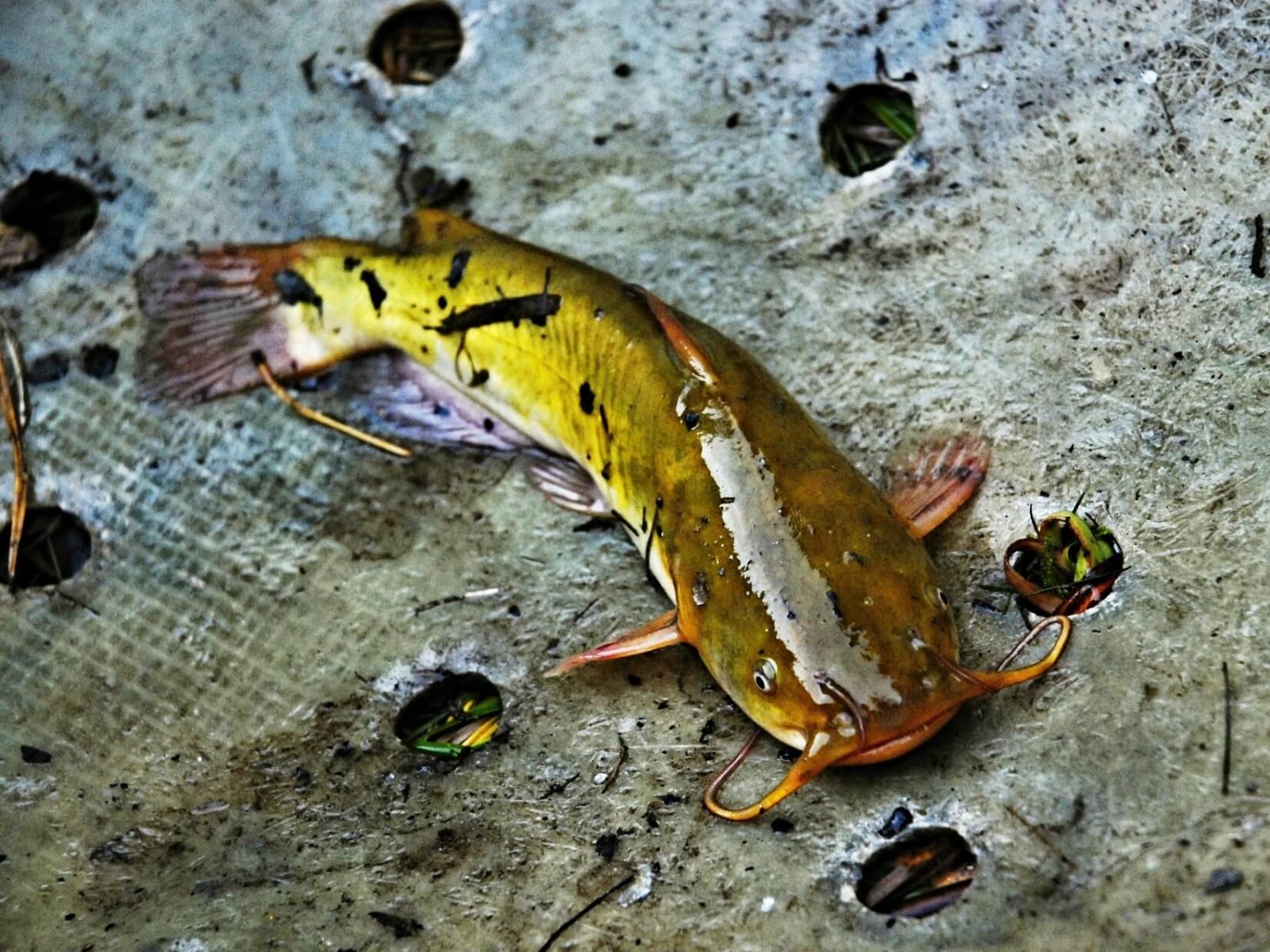
Some notable symptoms of fish diseases include:
- Retarded growth
- Fish jumping out of the water.
- Parasites on the scales/skin of the fish.
- Many fish at the surface of water gulping air.
- Erosion of fins, peeling skin, ulcers and also lesions or cuttings on fish skin.
- Individual fish swimming unsteadily or randomly.
- Fish swimming in circles is also a symptom.
- Unusual colouring of fish skin.
- Fish try to scrap their bodies on hard surfaces.
- Swollen fish stomach is also a symptom.
- Fish flipping on water surface
- Parasites may become visible on the fins, body, and also on gills of the affected fish.
- Excess mucus may appear on the skin of the fish.
- There may be cotton-like growths (fungus) on the skin surfaces.
- A fish swimming apart from the rest.
- Loss of appetite by fish.
- Fish deaths increasing over time.
- A large number of fish crowding around an inlet of freshwater.
- Parasitic worms in the internal organs.
When these symptoms are observed, the fish should be evaluated for parasitic or bacterial infections.
Fish Health Management/Prevention of Fish Diseases
The best way to avoid diseases is to prevent them from happening. Most importantly, maintain good hygiene on the farm and also for anything entering the farm.
For effective prevention of diseases, the following should be taken into consideration:
- Maintain good personal hygiene on the farm: keep hand and foot baths for farm workers and also for visitors.
- If you have one pond affected by a disease, disinfect any tool used there before using it in any other pond.
- In order to reduce mortality, reduce or stop feeding the fish. If you can afford it, construct new fish ponds as your fish farming business expands.
- In addition, reduce stocking density to reduce stress in the fish.
- Remove dead fish immediately and also any fish showing symptoms of the disease.
- Treat the disease with antibiotics or salt, if prescribed.
- In severe situations, invite an expert to assess the farm for proper diagnosis
- If the mortality rate is too high, harvest all and sell immediately, drain your pond, clean and disinfect thoroughly and start afresh.
- In case of an emergency, use only recommended and approved chemicals and drugs. Target the organisms that are the causative agents of disease occurrence and wipe them out before it gets out of hand. You should, however, use these chemicals in controlled measures. Too much of it will remain in the system of the fish when they are sold to the market.
Summary of the fish health management guide
Poor fish health can be a serious menace to fish farmers.
No fish farmer will like to sit back and watch all his fishes die because of one disease or another.
As a result, fish farmers work so hard to prevent these diseases before they spread in the pond.
This article presents you with some of the symptoms of fish best diseases and the best strategies for preventing an outbreak of diseases.
Make sure to share this article to prevent other fish farmers from experiencing losses in their fish farms.
- How to Design and Construct a Fish Pond (With Calculations)
- What do catfish Eat? (9 Best Food to Feed Catfish)
- Water Quality Management in Catfish Farming
- This is Probably The Best Health Management Tips For Fish Farming Business
- How to Start a Catfish Processing and Packaging Business
- Make Money from Fish Farming Opportunities in Africa
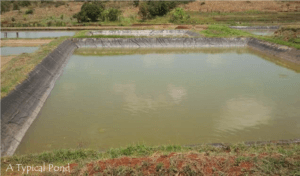
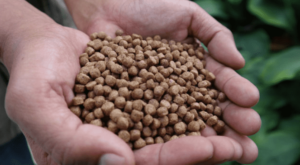



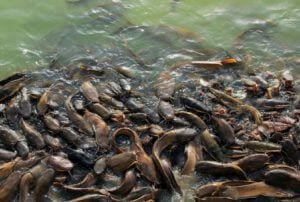
![How to Start Catfish Farming [6 Simple Steps]](https://agro4africa.com/wp-content/uploads/2021/11/how-to-start-catfish-farming-in-Nigeria-768x584.jpg)
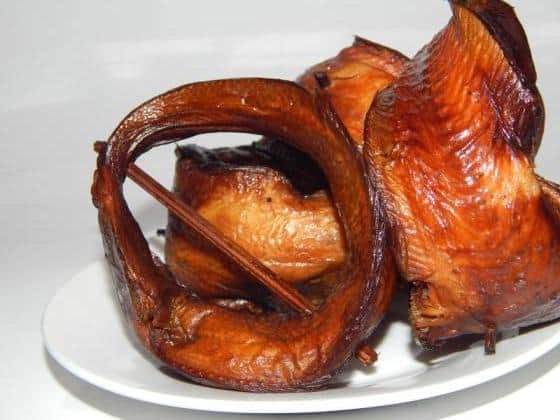
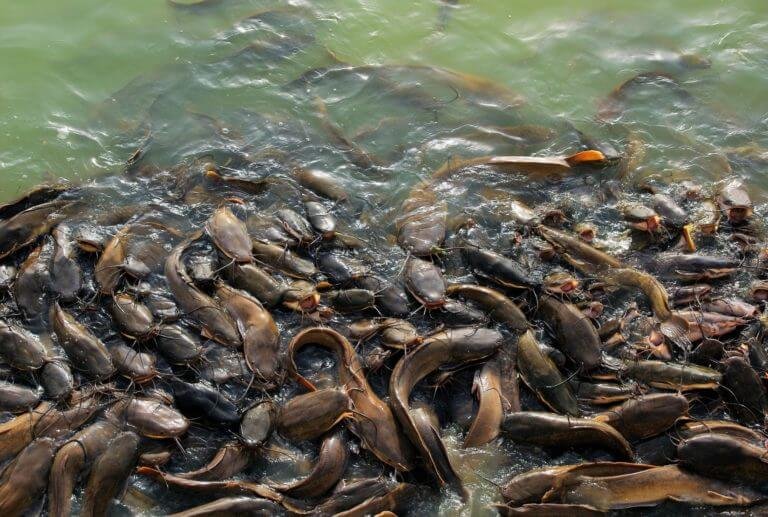

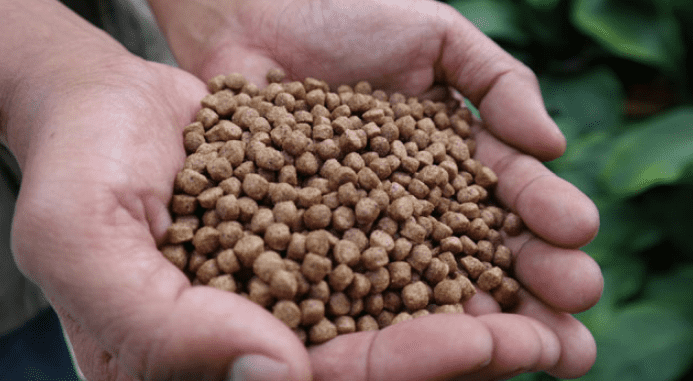

for how long can the okra last after planting before it dies?
It takes an okra plant between 50 – 65 days to reach maturity after which it produces okra pods for about 10 – 12 weeks before it finally dies.
Hope this helps?